With their luxurious texture and rich, intense sweetness, figs need little adornment to create a standout dish—and they’re coming into season right now, ripening during mid and late summer, with some varieties lingering for a second harvest in early fall. The fruits naturally pair with creamy cheese and salty cured meats, and they make a beautiful, special occasion-worthy salad topping. Here, we share tips for choosing and working with figs, as well as some creative ways to use them from summer into fall, straight from the Williams-Sonoma Test Kitchen.
Figs: Everything You Need to Know
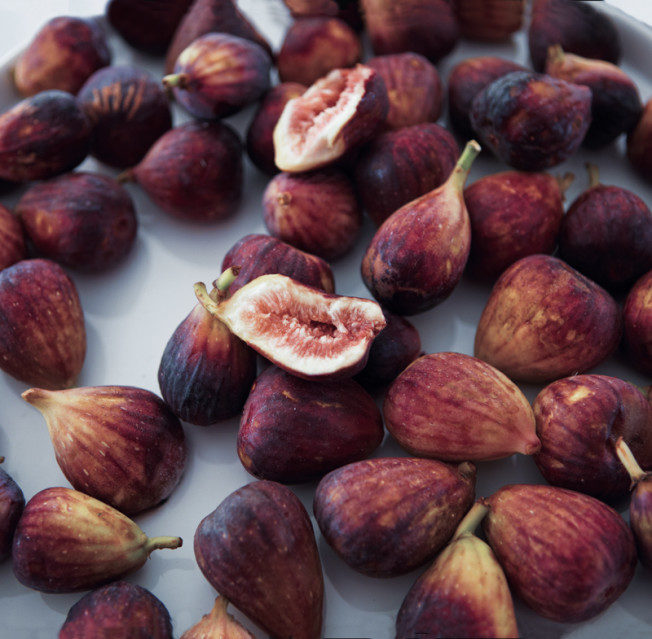
What to Look For
Choose fruits that are soft to the touch but not wrinkled, mushy or bruised. Select plump figs with firm stems and good color, free of gray or tan spots. Figs with a webbing of delicate fissures—stretch marks revealing particularly moist and sweet fruit—are highly prized. A sour smell indicates an overripe fig that has begun to ferment.
Varieties
There are more than 150 fig varieties, with skin that can be purple, green, yellow, brown or white and flesh that ranges from pale gold to deep, rich red. Among the best-known varieties are green-skinned, white-fleshed Adriatic; the small, dark purple, sweet-tasting Mission (also known as Black Mission and California Black); the gold-skinned Calimyrna; the yellow-green, virtually seedless Kadota; and the nutty, amber-hued Smyrna.
Prepping
Rinse fresh figs under cold running water and gently pat dry before serving. Overhandling will bruise the delicate fruit. The peel is edible and, unless specified in a recipe, can be left on the fruit. Use a sharp paring knife to cut them in half lengthwise.
Storing
Fresh figs are extremely perishable and should be eaten as soon as possible after purchase. If need be, they can be refrigerated for 1 to 2 days, arranged in a single layer on a paper-towel-lined tray. They do not ripen if left at room temperature, but if they are a bit too firm they will soften enough to eat in a day or so.
Your Fig Toolkit
- Wusthof Paring Knife, for slicing
- Stainless-Steel Colander, to wash and rinse
- Jam Pan, to cook figs into preserves
- Cutting Board, for prepping and slicing
Simple Preparations
Fresh, ripe figs are best eaten out of hand but are also excellent served with cheese, grilled to accompany cured meats or savory salads, or paired with creamy desserts. Below are a few fantastic preparations, no recipe required.
Fig Flatbread with Blue Cheese & Prosciutto: Roll out pizza dough and brush with olive oil. Top with sliced fresh figs and dot with blue cheese. Bake in a 500°F oven until dough is crisp and cheese is melted. Top with thinly sliced prosciutto and arugula that’s been lightly dressed with olive oil, lemon juice, salt and pepper.
Grilled Fig & Ricotta Bruschetta: Stir together ricotta, honey and orange and lemon zest. Skewer halved figs and brush with warmed honey. Grill until well marked all over. Spread ricotta mixture on thick slices of grilled country bread. Top with grilled figs, drizzle with honey and garnish with slivered fresh mint.
Quinoa Salad with Figs & Goat Cheese: Whisk together honey, white balsamic vinegar, minced shallot, olive oil, salt and pepper. Toss cooked and cooled quinoa with quartered fresh figs, dried cherries, sliced green onions, parsley, mint and vinaigrette. Finish with crumbled goat cheese.
Fresh Figs with Blue Cheese & Walnuts: Using a paring knife, cut a small slit in the side of fresh figs and stuff with crumbled blue cheese. Arrange the figs on a bed of greens, drizzle with aged balsamic vinegar and sprinkle with toasted walnuts.
Fig & Green Bean Salad: Whisk together minced shallot, balsamic vinegar, lemon juice and Dijon mustard. Slowly whisk in olive oil and season with salt and pepper. Toss blanched green beans or haricots verts with quartered figs and vinaigrette. Transfer to a serving dish and top with chopped candied pecans.
Fresh Fig Tart: Whisk together mascarpone, powdered sugar, lemon zest and juice, vanilla and a pinch of salt. Pour in a baked tart shell and spread evenly. Arrange overlapping slices of thinly sliced fresh figs on top. Finish with a drizzle of reduced port of wildflower honey.
Recipes
For a more elaborate preparation that really highlights the flavors of peak-season figs, try one of the recipes below.
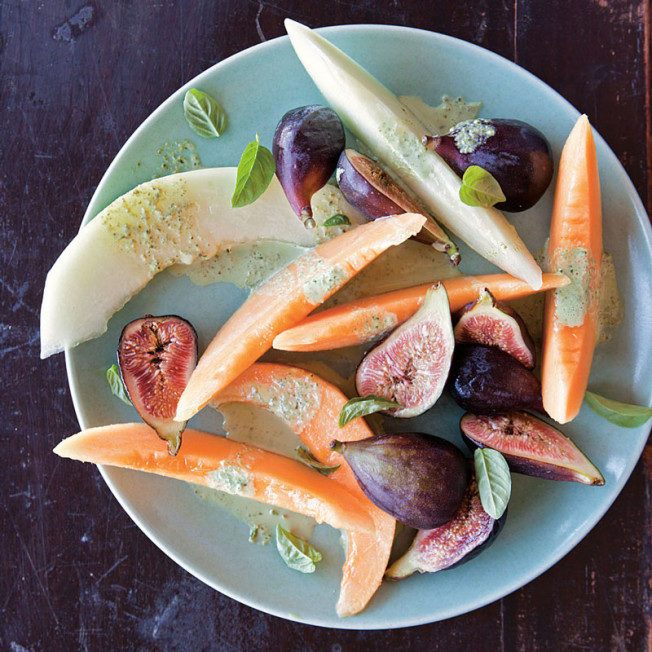
This Melon and Fig Salad with Basil Cream is a fantastic reminder that the best way to serve fruits is at the height of their season and as simply as possible, allowing the natural flavors to have full impact.
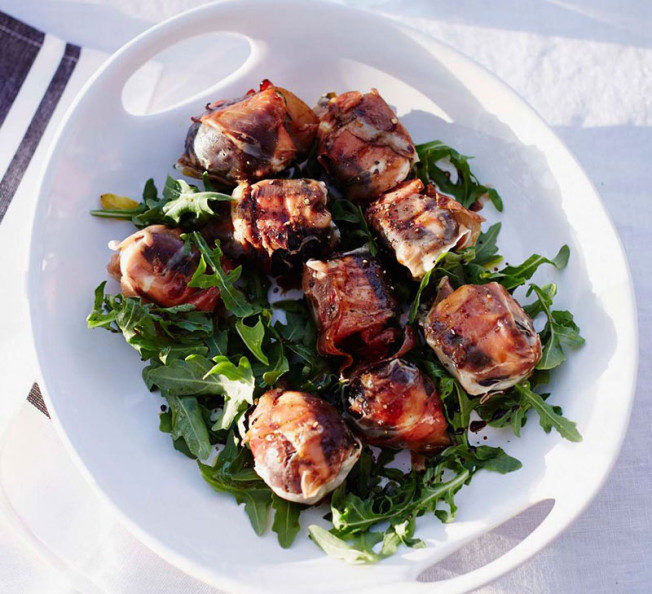
When choosing fruit for this grilled fig dish, look for perfectly ripe figs that are neither too firm nor too soft. If you prefer, you can broil the figs instead of grilling them, or you can grill them earlier in the day and reheat them in the oven right before serving.
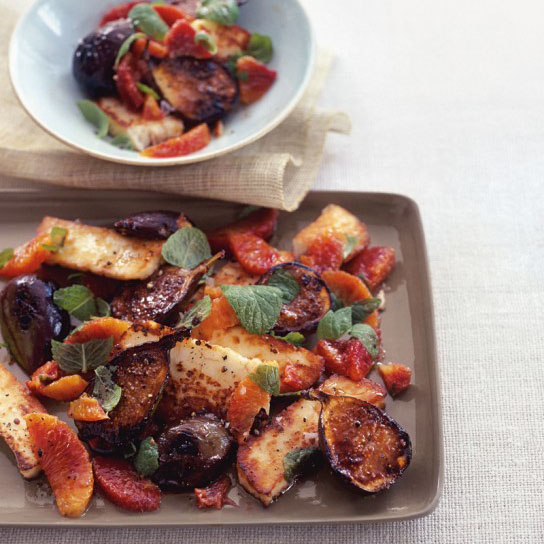
Serve Grilled Halloumi with Figs and Blood Oranges as a starter, as a side with grilled meat, or with crusty bread, olives and a glass of crisp wine for an easy afternoon meal.
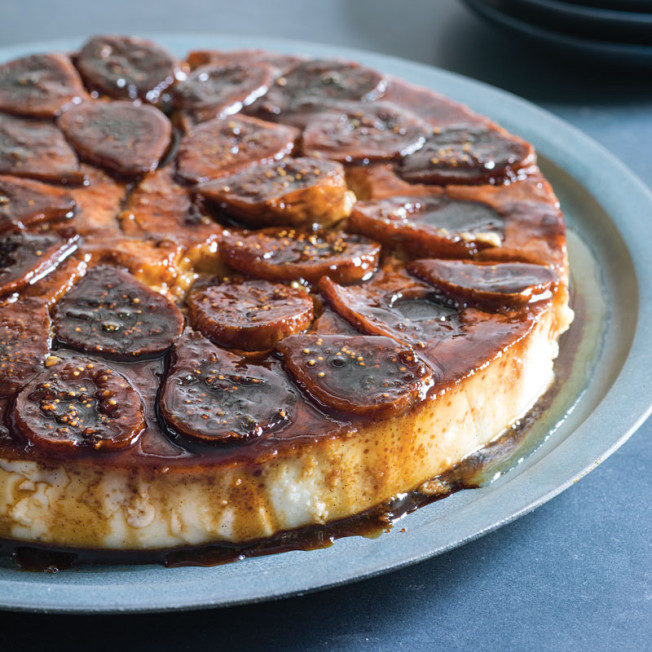
This Caramelized Fig Flan is a take on classic flan that incorporates caramelized fresh figs that are baked in a rich egg custard. When the flan is inverted onto a platter, the figs adorn the top for a beautiful presentation.
Find more tips and recipes for peak-season produce here!

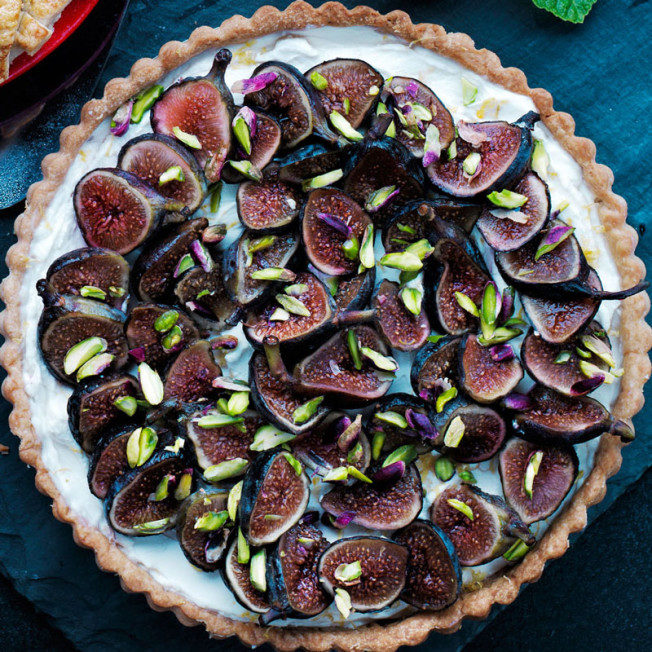
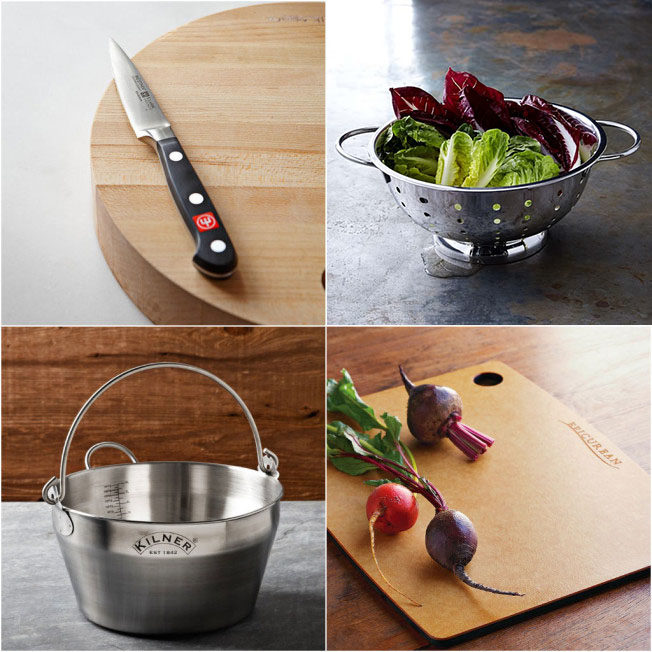
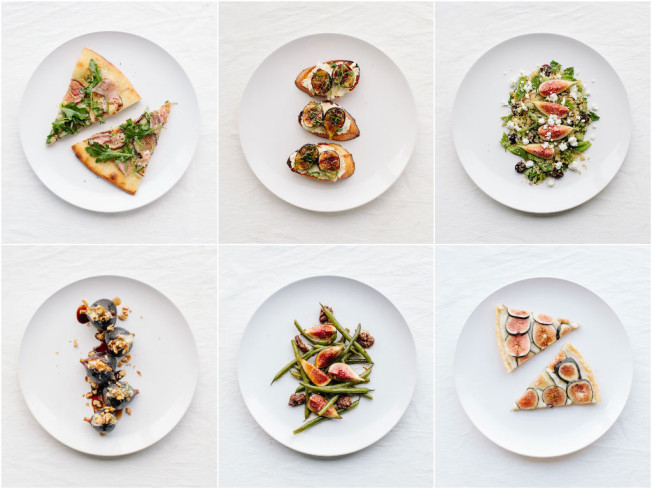

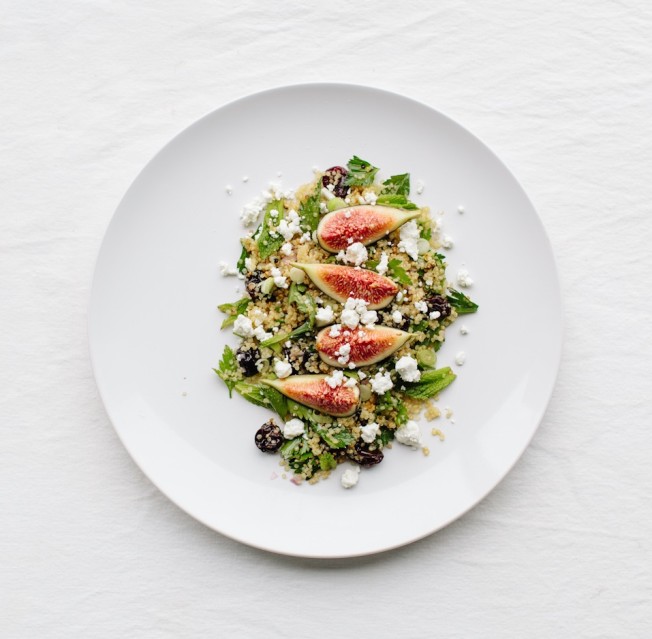
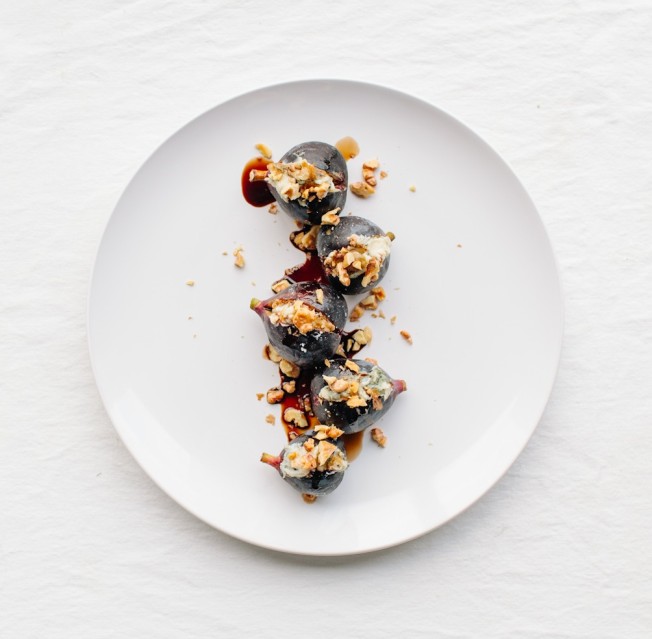

2 comments
[…] Figs have a two-part season; they first peak in June and then again in September or October. […]
[…] fig season starts in mid-May, and if you’ve never had these luscious, delicate beauties when […]